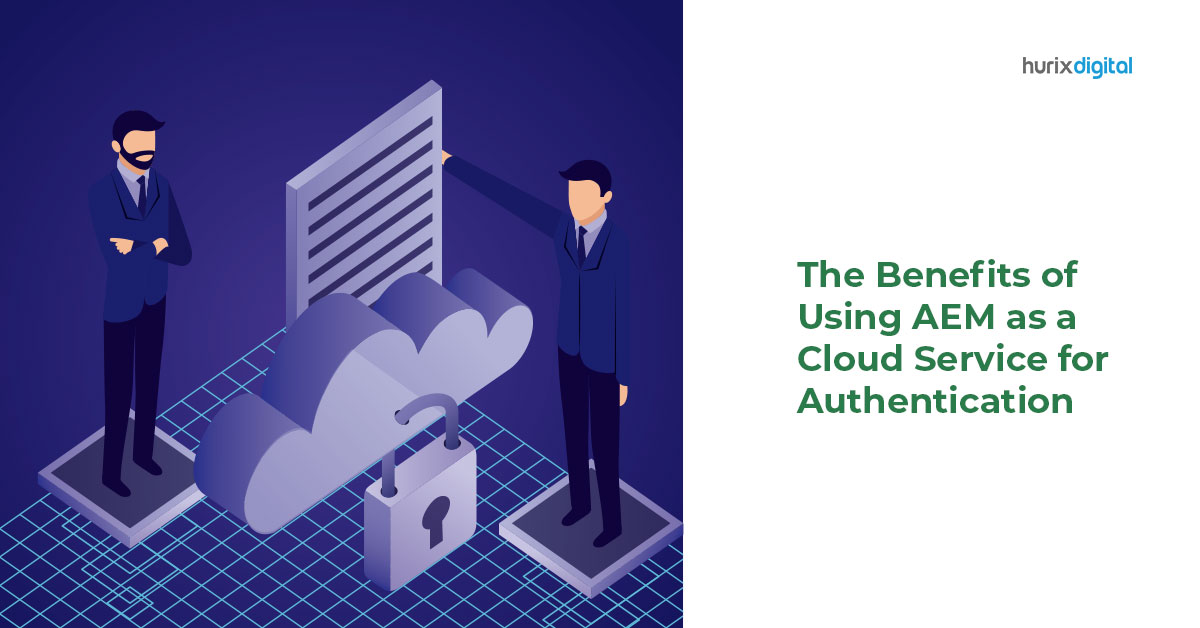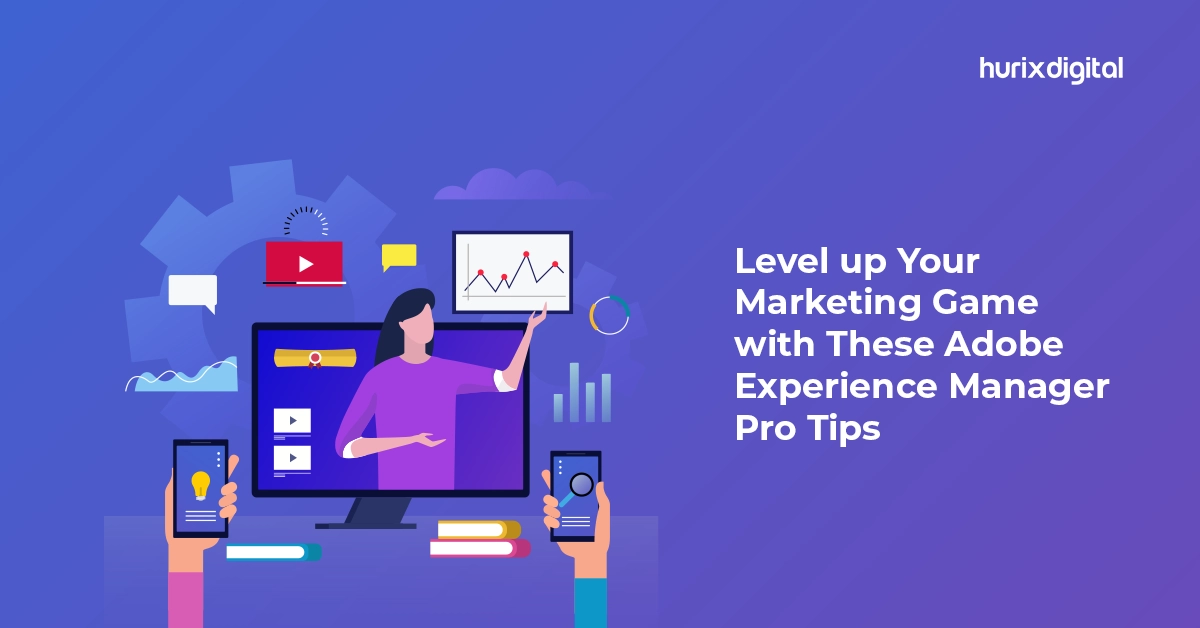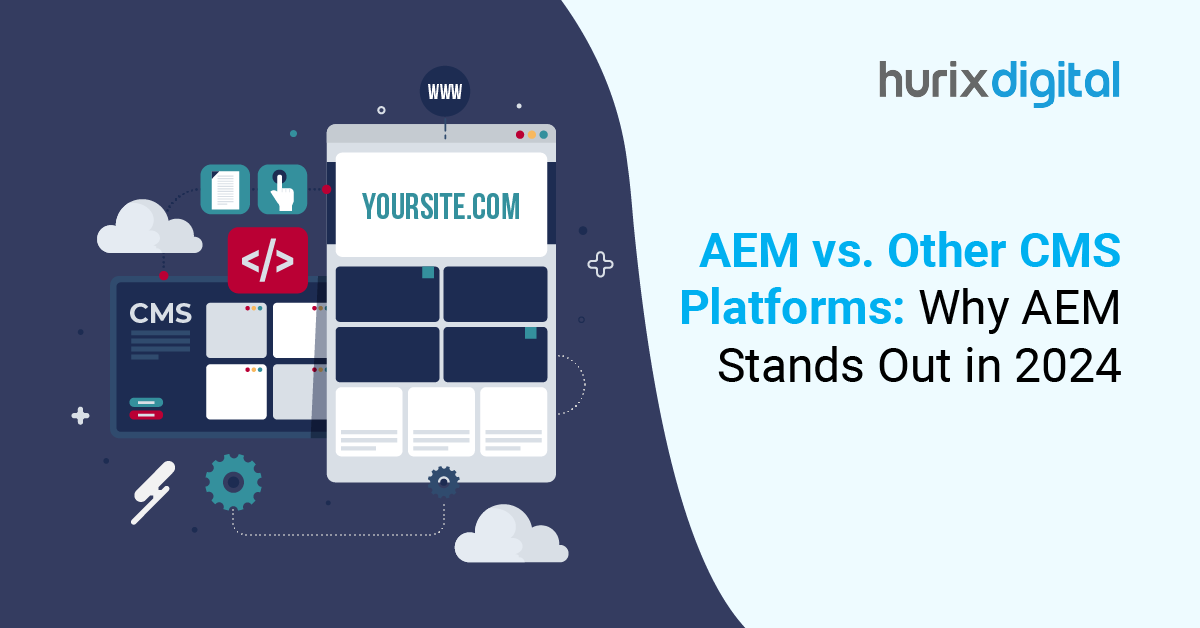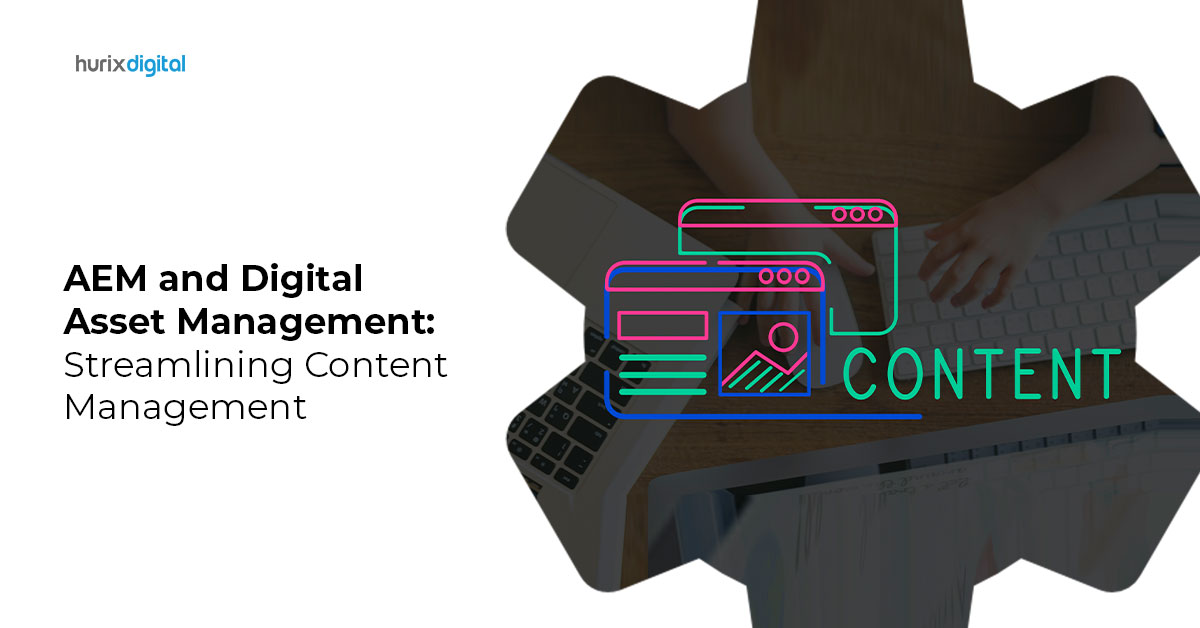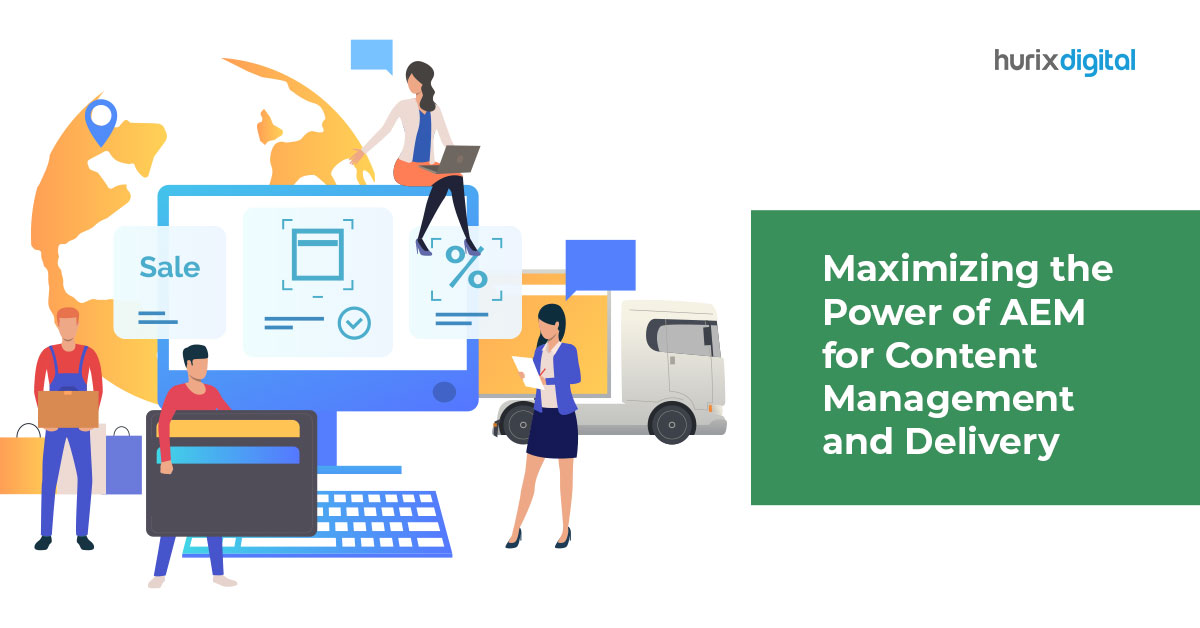
Maximizing the Power of AEM For Content Management and Delivery
[vc_row][vc_column][vc_column_text]Effective content management and delivery are essential for businesses to succeed in today’s digital landscape.
With the growing need for personalized and engaging content, a scalable CMS is essential. Adobe Experience Manager (AEM) is a popular CMS known for its powerful features and capabilities, making it a top choice for businesses. Statistics show that 0.2% of all content management system websites use AEM.
In this article, we will explore how you can leverage AEM to maximize the power of content management and delivery. We will cover topics such as CMS migration, AEM design and implementation, managed services, content authoring and asset management, staffing, training, and integration with third-party systems.
Migrations of Existing CMS to AEM
Migrating from your existing content management system to AEM can be complex. But, it can provide significant benefits with enhanced features and improved content management workflows.
AEM offers powerful tools and features that simplify the migration process and ensure a smooth transition. The first step is carefully evaluating your current CMS, including the content, resources, and features that need to be migrated to AEM. This requires understanding the structure and complexity of your current CMS and planning a migration strategy accordingly.
AEM provides connectors and migration tools that make transitioning from popular CMS platforms like WordPress and Drupal easy while maintaining data integrity and quality.
During the migration process, ensuring that the content and assets are organized effectively in AEM is essential. This leverages its powerful taxonomy and metadata capabilities.
AEM Design & Implement
After completing the migration, the next step is to design and implement Adobe Experience Manager (AEM) to suit your company’s specific needs.
AEM provides extensive customization options that allow businesses to create unique and personalized digital experiences. This involves designing and implementing custom templates, components, and workflows, defining content models, and managing user access rights and roles.
AEM empowers businesses to tailor their digital experiences to meet their unique requirements and goals.
AEM’s user-friendly authoring interface makes it simple to create and manage content. It offers a wide range of features for content creation and editing, including rich text editing, media management, asset linking, and content versioning.
AEM also goes beyond basic features with advanced capabilities like content targeting, personalization, and omnichannel distribution. This allows organizations to deliver personalized and relevant content across various digital touchpoints like the web, mobile apps, and social media, enhancing their digital experiences and engaging with their audiences effectively.
Managed Services
Managing and maintaining a content management system can be a time-consuming and resource-intensive task.
AEM-managed services include proactive monitoring, performance tuning, security patching, and backup and recovery services to keep AEM instances running smoothly. Managed services also provide access to AEM experts who can provide guidance and help with questions or challenges.
AEM-managed services also include continuous improvement initiatives where AEM experts analyze the performance and usage of AEM instances to identify opportunities for optimization and improvement. This includes analyzing user behavior, content activity, and system usage data to identify areas where AEM can improve content management and distribution.
These continuous improvement projects help companies realize the full potential of AEM and stay ahead of the competition in an ever-evolving digital environment.
Content Authoring & Asset Management
Asset management and content creation are crucial elements of effective content management and distribution.
AEM provides a user-friendly authoring interface that empowers content creators to generate, update, and manage content efficiently. With rich text editing, media management, and content versioning features, AEM makes content editing a breeze.
Content managers and producers can easily create and update content, preview it across multiple channels, and publish it with just a few clicks. This streamlined process simplifies content creation and management for businesses.
Additionally, AEM has strong asset management features that let businesses efficiently manage digital assets like photos, videos, and documents. Digital assets can be easily categorized, located, and reused across channels and campaigns because of AEM’s asset management features, including asset tagging, metadata management, and asset workflows.
AEM and Adobe Creative Cloud are additionally connected, streamlining content makers’ workflow by enabling them to access and edit digital materials directly from their AEM.
Staffing
Ensuring the right resources to manage and operate AEM is critical to maximizing the power of content management and distribution.
AEM provides flexible staffing options to suit the specific needs of companies, including in-house staffing, outsourcing, or a combination of both.
AEM also offers comprehensive training and certification programs for developers, system administrators, and content creators, ensuring that businesses have the necessary resources to manage and operate AEM instances effectively. These training programs empower teams with the skills and knowledge needed to utilize AEM’s features and capabilities efficiently.
AEM also provides staffing services through its managed services, where businesses can benefit from the expertise of AEM professionals to manage their AEM instances. This includes proactive monitoring, performance optimization, security patching, and backup and recovery services, ensuring that AEM instances are running smoothly and securely.
Training
Training plays a crucial role in maximizing the potential of AEM’s content management and delivery capabilities.
AEM offers comprehensive training programs to equip developers, administrators, and content producers with the skills and expertise to utilize AEM effectively.
The training courses cover various topics, including AEM architecture, content modeling, templates, components, workflows, and integration with external systems. This ensures that the staff has the necessary knowledge to fully leverage AEM’s features and functionalities. This enables them to create and manage content efficiently and effectively.
AEM training programs are tailored to different roles in an organization, ensuring that team members have the skills they need for their tasks. Training can be conducted in different ways, such as instructor-led, online, or self-paced, allowing businesses to choose the mode that suits them best. This flexibility ensures that staff can learn efficiently and effectively, maximizing their ability to use AEM to its full potential.
Integration with Third Party
AEM’s integration capabilities enable seamless connections with external platforms, such as marketing automation, e-commerce, social media, and CRM systems. This allows companies to easily integrate their content management and distribution workflows with other tools and systems they use, creating a cohesive digital ecosystem for efficient content creation, management, and delivery across multiple channels.
AEM’s robust APIs and connectors allow businesses to easily share information, data, and assets between AEM and other systems, enabling seamless integration with third-party platforms. This integration enables organizations to create a consistent and engaging user experience by connecting and personalizing digital interactions across multiple channels and touchpoints, ensuring a unified and cohesive customer journey.
Final Thoughts
Adobe Experience Manager (AEM) is a powerful platform that enables businesses to maximize the power of their content management and delivery strategies.
AEM offers businesses a complete solution to create a personalized and engaging digital experience. It enables them to transition existing CMS systems to AEM design and implementation, leverage managed services, optimize content creation and asset management, staffing, training, and integration with third-party systems.
By leveraging AEM’s capabilities, companies can stay at the forefront of the digital environment and offer exceptional digital experiences to their customers.[/vc_column_text][/vc_column][/vc_row]

SVP & Head – Hurix Technology Solutions
Global Delivery head with 25 years of working experience in NYC investment banks and fintech companies. Hands-on technology delivery management and program management, accountable for stakeholder relationships, Strategic roadmap, P&L, Revenue growth, Account Management, and employee satisfaction.
